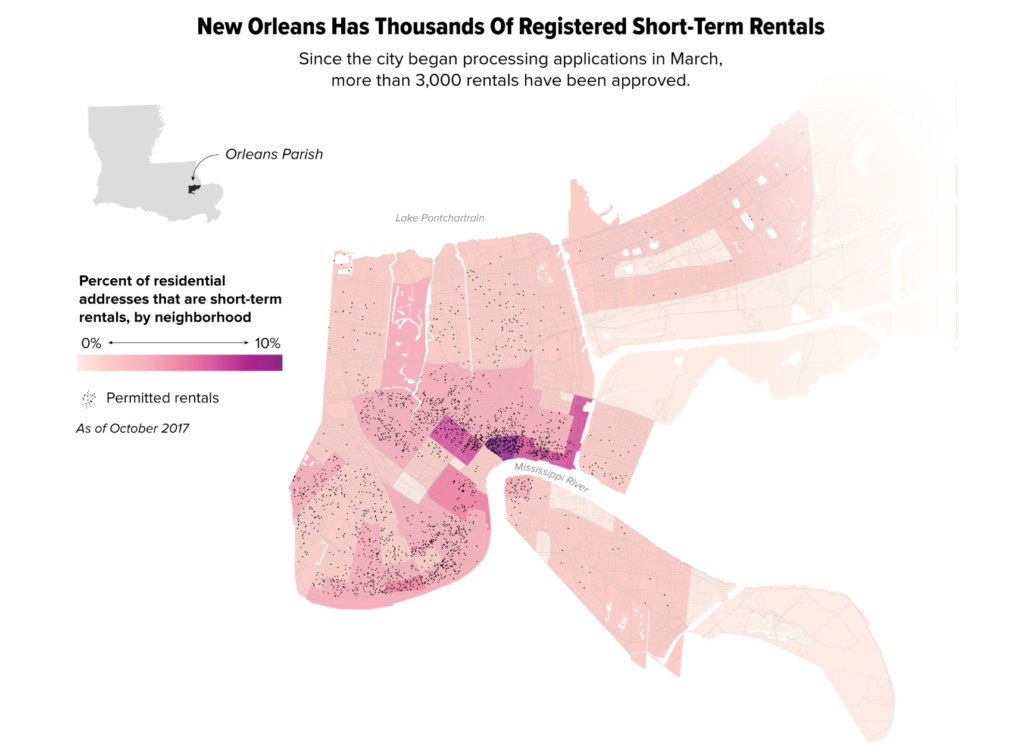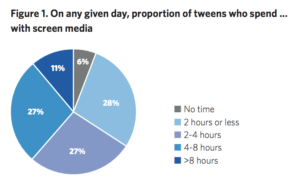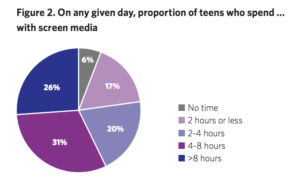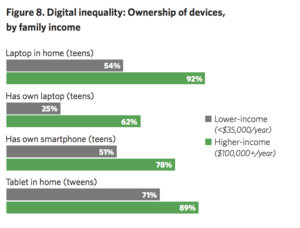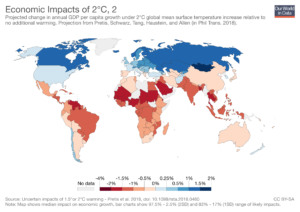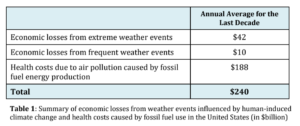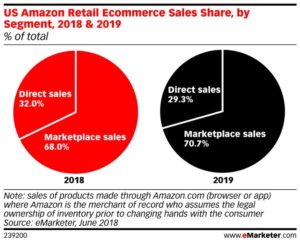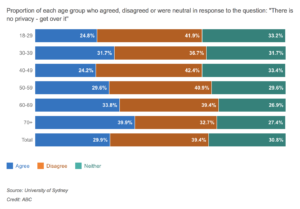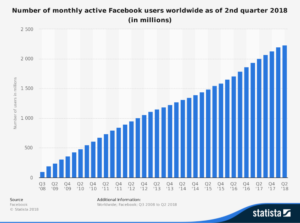The famous Hollywood sign, year-round warm weather, and the beautiful beaches along the coast attract millions of people to travel to Los Angeles each year. According to Discover Los Angeles, the tourism industry in this city generated this year alone $34.9 billion dollars (Los Angeles’ Tourist Industry Generates…).
What makes Los Angeles a hot spot?
As the capital of the world for celebrities, performing arts, acting, and music, you will be sure to spot your favorite artist either walking on Rodeo Drive or performing in a packed concert hall. If concerts are not your favorite, Los Angeles boasts many famous art galleries, like the Getty, Museum of Natural History, Museum of Modern Art, Los Angeles County Museum of Art, the Broad, and many more. From Los Angeles to Santa Monica, tourists can shop until they drop and recover by soaking up some strong UV rays at the beach. Within a 50 mile radius of Los Angeles County, tourist can take advantage of ski slopes, mountains, and amusement parks, as well.
The statistics by Discover Los Angeles found that 41.2 million domestic individuals and 7.3 million international travelers visited the city of angels in 2017 alone. These tourists spent $22.7 billion dollars directly into the local economy, resulting in $34.9 billion in economic impact, which include induced and indirect benefits (Los Angeles’ Tourist Industry Generates…).
How? The tourism industry in Los Angeles encourages investments in infrastructure, attractions, and hospitality, allowing the city itself to thrive, along with all the Los Angeles County residents. Tourism helps fund this county, bringing in $2.7 billion in state and local tax revenues, which in turn saves each household in Los Angeles $837 per year (Los Angeles’ Tourist Industry Generates…). This tax money is translated into improving the city.
Tourism also opens the job market. According to Discover Los Angeles, “Tourism supported 523,800 jobs in L.A. County’s Leisure & Hospitality sector, one of the area’s largest and strongest economic sectors, employing 1 in every 8.5 workers” (Los Angeles’ Tourist Industry Generates…). It is apparent that tourism is an influential economic driver for the local economy.
Daniel J. Stynes writes a report about the economic impacts of tourism and finds many direct, indirect, and induced effects on the economy from tourism. While direct effects would include hotel room sales, indirect effects would include the changes in the job market and business growth in a booming tourism region (Stynes).
Although, this dramatic increase in tourism has also resulted to inflated prices for Los Angeles residents and an increase in traffic. The book, Global Tourism, written by William Theobald, emphasizes that people study the impact of tourism on the economy because it is “easily quantifiable and measurable. In addition, it was presumed that the income derived from tourism could make up for any negative consequences of tourism. However, over-emphasis on economic benefits have often led to adverse physical and social consequences” (Theobald). It is important for the city to take action managing Los Angeles tourism in a sustainable way.
Works Cited
“Los Angeles’ Tourism Industry Generates Record $34.9 Billion in Economic Impact.” Discover Los Angeles, Discover Los Angeles, www.discoverlosangeles.com/press-releases/los-angeles-tourism-industry-generates-record-349-billion-economic-impact.
Stynes, Daniel. Economic Impacts of Tourism.
Theobald, William F. Global Tourism. Routledge, 2016.

